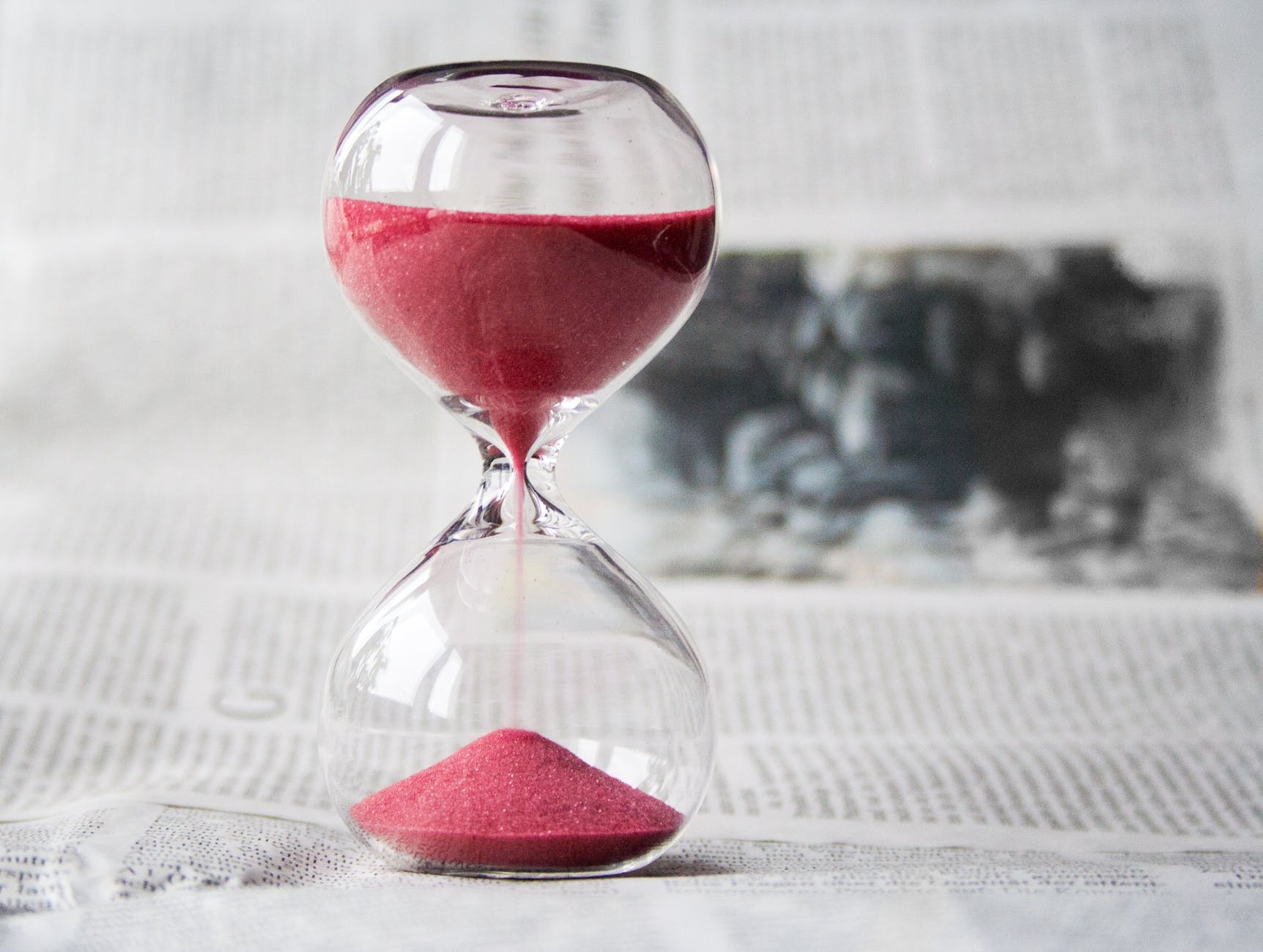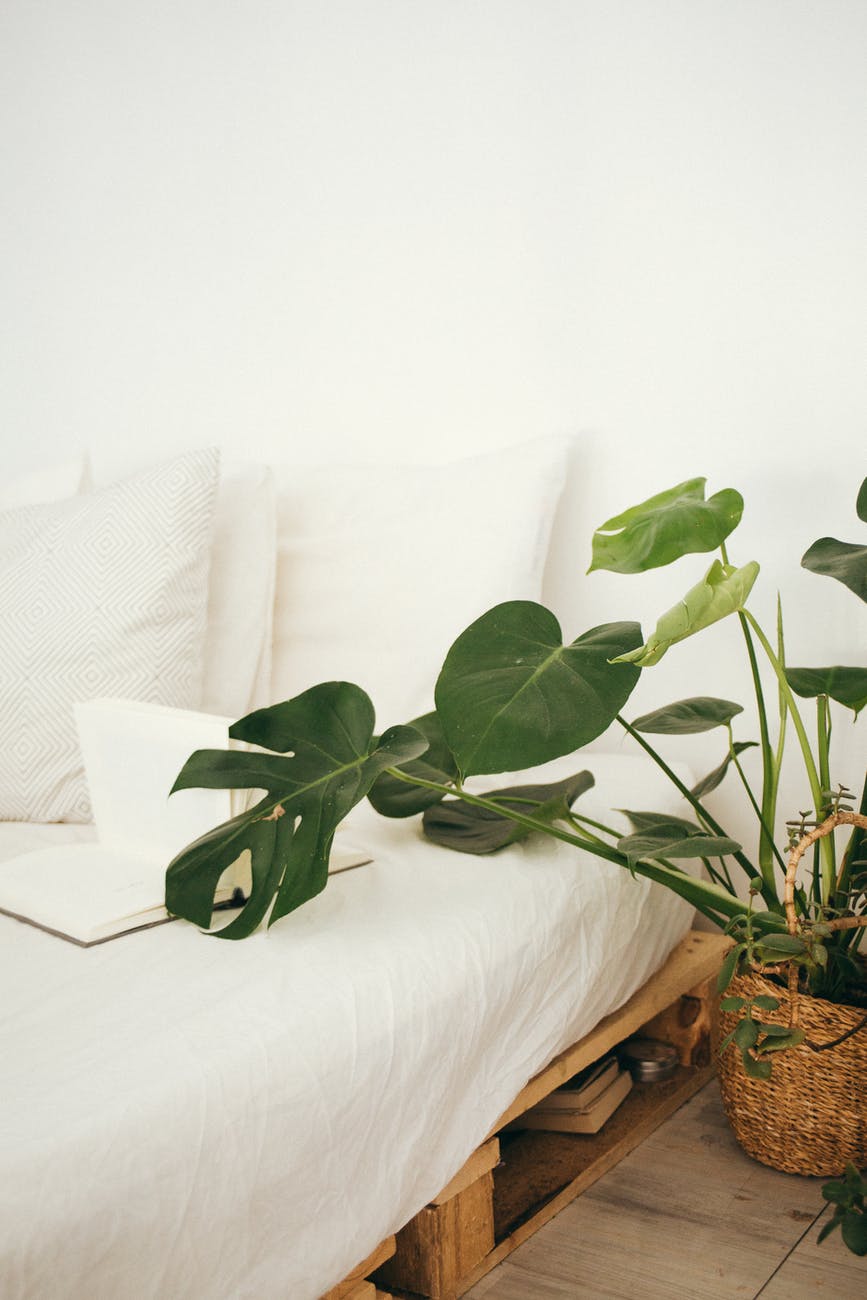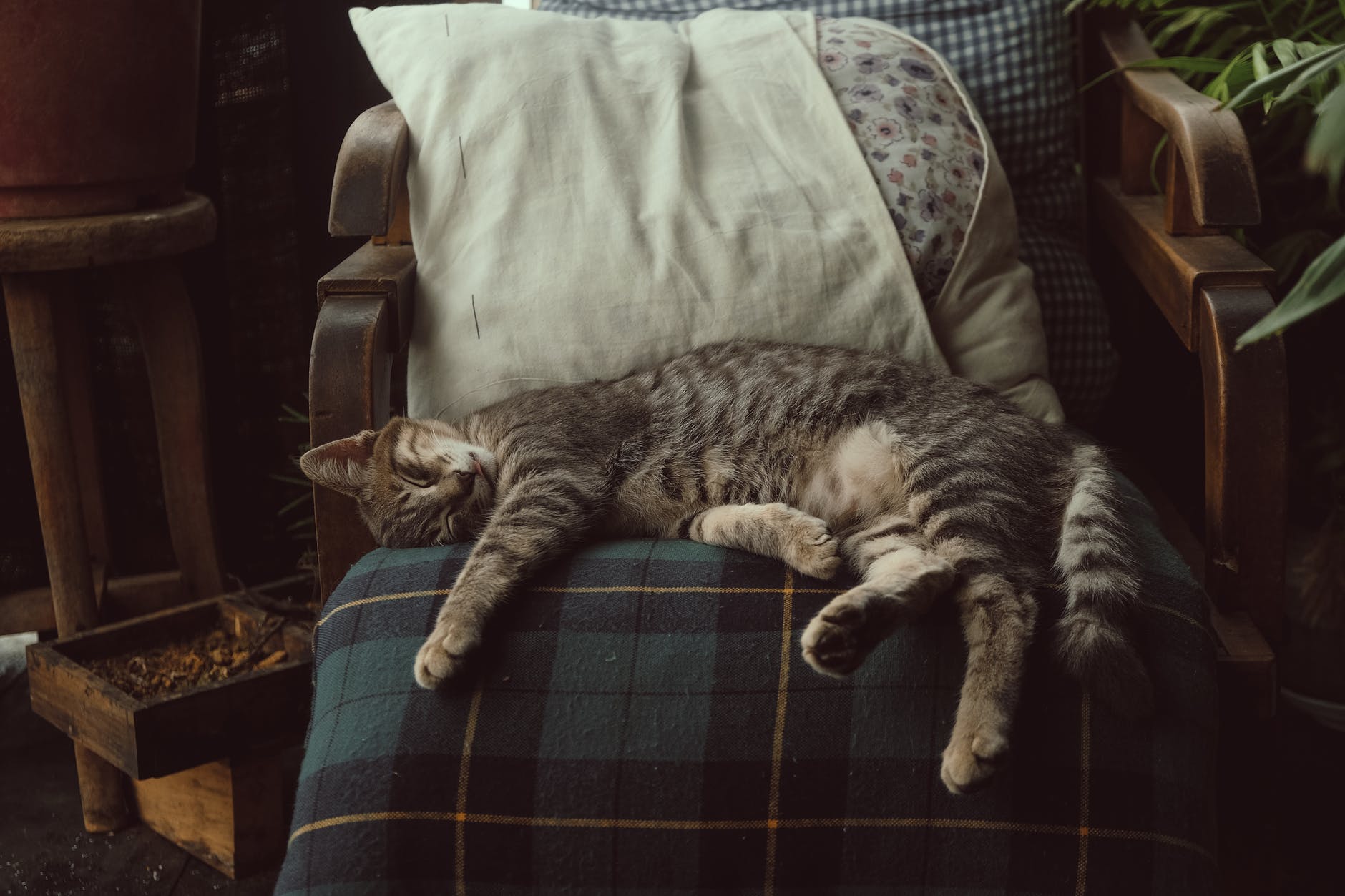What a long day at work! It’s time to take a nap that will rejuvenate your body and refresh you, but you’re worried that it will backfire and you’ll feel headaches, tightness, and more fatigue afterward, so what’s the solution? Perfect nap. How do you get it?
Short nap

The Mayo Clinic recommends taking short naps, between 10 and 20 minutes. The longer you nap, the more likely you are to feel dizzy afterward.
While the CDC recommends that you nap for no more than half an hour, naps between 15 minutes and 30 minutes can recharge your energy and improve your ability to focus effectively.
Good timing

Naps are best taken in the early afternoon, as naps after 3 p.m. can cause insomnia at night, according to the Mayo Clinic website.
Of course, there are several factors that determine the ideal time for each person, related to age and nature of work, medications you use, and daily sleep schedule.
Create a comfortable environment

The Houston Methodist medical website states that creating an appropriate noise-free environment will increase nap quality, preferably in a quiet, dark place. To listen to white noise, of which the Internet contains hundreds of recordings. White noise is a group of different sounds and frequencies that the human ear can pick up.
Make waking up pleasant

Don’t wake up too quickly, give yourself a few minutes to wake up; As recommended by the Centers for Disease Control and Prevention, wash your face with cold water, drink a cup of coffee or sit in a bright room.
